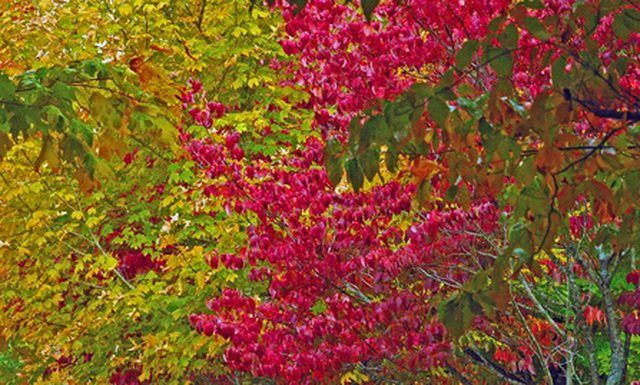Bulbs
Flower Basics
Flower Beds & Specialty Gardens
Flower Garden
Garden Furniture
Garden Gnomes
Garden Seeds
Garden Sheds
Garden Statues
Garden Tools & Supplies
Gardening Basics
Green & Organic
Groundcovers & Vines
Growing Annuals
Growing Basil
Growing Beans
Growing Berries
Growing Blueberries
Growing Cactus
Growing Corn
Growing Cotton
Growing Edibles
Growing Flowers
Growing Garlic
Growing Grapes
Growing Grass
Growing Herbs
Growing Jasmine
Growing Mint
Growing Mushrooms
Orchids
Growing Peanuts
Growing Perennials
Growing Plants
Growing Rosemary
Growing Roses
Growing Strawberries
Growing Sunflowers
Growing Thyme
Growing Tomatoes
Growing Tulips
Growing Vegetables
Herb Basics
Herb Garden
Indoor Growing
Landscaping Basics
Landscaping Patios
Landscaping Plants
Landscaping Shrubs
Landscaping Trees
Landscaping Walks & Pathways
Lawn Basics
Lawn Maintenance
Lawn Mowers
Lawn Ornaments
Lawn Planting
Lawn Tools
Outdoor Growing
Overall Landscape Planning
Pests, Weeds & Problems
Plant Basics
Rock Garden
Rose Garden
Shrubs
Soil
Specialty Gardens
Trees
Vegetable Garden
Yard Maintenance
Red Dogwood Tree Information
Red Dogwood Tree Information. The Red Dogwood (Cornus florida 'Cherokee Chief') is an ornamental tree native to North America, and it's one of the most popular red-flowered cultivars, according to the University of Florida Extension. The planting range for the Red Dogwood includes covers most of the eastern, midwest and western United States, and...

The Red Dogwood (Cornus florida 'Cherokee Chief') is an ornamental tree native to North America, and it's one of the most popular red-flowered cultivars, according to the University of Florida Extension. The planting range for the Red Dogwood includes covers most of the eastern, midwest and western United States, and it thrives in USDA Hardiness Zones 5b through 8a. Proper care is required to obtain optimum growth for this striking deciduous tree.
Features
Also known as the state tree of Virginia, the Red Dogwood can reach heights of 25 feet. The flowers are comprised of four red bracts, which are around the smaller, yellow real flowers. The flowers will blossom in the spring and remain until late fall, at which point they turn bronze and produce tiny red fruits. Deciduous, green leaves range from 2 to 8 inches in length and appear a reddish color in the fall season.
Soil
The Red Dogwood requires a slightly acidic and well-drained soil in order to receive a moderately long life. The tree should not be planted in heavy, wet soils unless a raised bed is prepared to ensure drainage. Without adequate drainage, the roots will slowly rot. The soil should be comprised of a sandy or clay composition to achieve maximum potential. The planting hole should be almost twice the diameter of the root system but not much deeper than the root ball.
Location
The Red Dogwood is best suited for small- to medium-sized lawns or gardens. While often used in parking lots, it will need a wide median of soil to grow well. The tree may grow in partial shade, but the foliage will be less dense and produce fewer flowers. The trees prefer full sun; regular watering is needed to prevent disease.
Disease
The biggest concern for the Red Dogwood is a disease known as anthracnose. This fungal disease can cause deformation and severe leaf blight. Symptoms include small cankers and smaller, paler leaves. If symptoms appear, proper irrigation may reduce the risk of further infection. No chemicals can control the diseases. The life of the Red Dogwood will be significantly reduced if it becomes infected during consecutive years. The 'Sunset' variety is supposed to be resistant to anthracnose.
Pests
Unfortunately, the Red Dogwood is very sensitive to aphids, borers, galls, and scales. Aphids may eat holes in the foliage but can be easily controlled by spraying water from a garden hose. If the dogwood is not properly irrigated, borers may appear and create holes in the trunk and feed on the leaves. Borers can be controlled if the tree is watered and fertilized regularly. Galls on the tips of branches can be easily removed by pruning infected limbs. Scales are parasites that may feed on the dogwood,but can be controlled with horticultural oils that suffocate them.